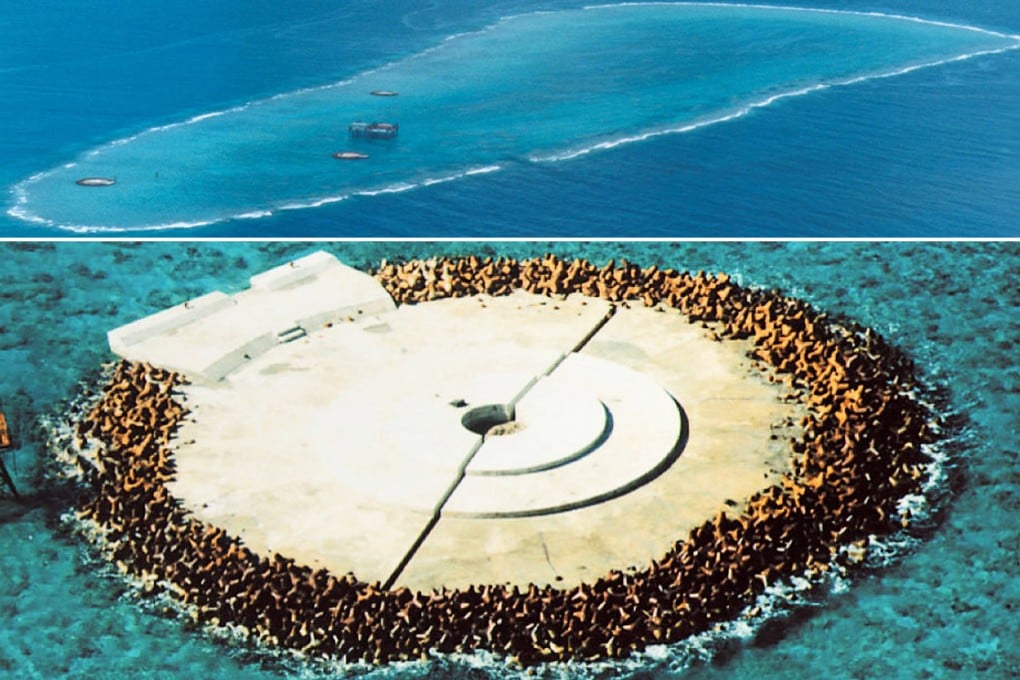Japan extends its sea territory by 177,000 sq km in line with UN ruling
Sovereign rights taken over two areas totalling 177,000 sq km in line with UN ruling, opening way to exploitation of fisheries and minerals

Tokyo has acted on a decision by a United Nations commission to approve a 177,000 sq km extension of its sovereignty claims to its continental shelf.
The newly claimed areas are identified as the Shikoku Basin Region and the Southern Oki-Daito Ridge Region. An ordinance adopted by the Japanese cabinet on Tuesday means Tokyo now has sovereign rights over the two areas, including fisheries and the exploitation of natural resources on the sea floor and beneath the seabed.

"The Japanese government has acted on a recommendation by the United Nations' Commission on the Limits of the Continental Shelf," Furubori said. "The committee's decision was based on scientific and geographical evidence, although they did reject other requests and postponed a decision on another sea area."
The rejected requests had sought to extend Japan's control over the Minami-Torishima Region and the Mogi Seamount, Furubori said. While Japan has the right to file a new request for control over the area with the UN committee, it has no plans to do so immediately.
A further two regions, the Ogasawara Plateau and the Minami-Iwo Island region covering an additional 131,000 sq km, will fall under Japanese jurisdiction after further negotiations with the United States, which has jurisdiction over nearby Guam. Washington is not expected to raise any objections to Japan incorporating the territories.
The delayed decision was in relation to the most controversial of all the seven areas that the committee was asked to consider, the vast Southern Kyushu-Palau Ridge Region.